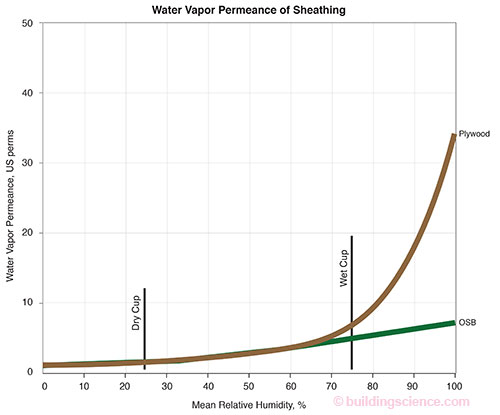Pultzar
New Member
I live in a 100+ year old house in Seattle. The house sits on a concrete foundation with a 2x6 wood ponywall in the basement.
The basement was recently retrofitted to bring it up to code with regards to seismic activity. This includes covering the pony wall with plywood to help deal with shear. The contractors installed batt insulation in the 2x6 cavities. So in essence I have:
Outside -> wood siding -> fiberglass -> plywood -> Basement Interior
Do I need to be concerned about rot in this configuration? I could remove the batts by putting some small holes in the plywood and yanking it out, but that would be a gross and messy job.
If the batts are okay, should I do anything else to the interior? Spray foam the edges of the plywood? Paint?
Thanks for the advice everybody. I wish I had found this forum earlier.
The basement was recently retrofitted to bring it up to code with regards to seismic activity. This includes covering the pony wall with plywood to help deal with shear. The contractors installed batt insulation in the 2x6 cavities. So in essence I have:
Outside -> wood siding -> fiberglass -> plywood -> Basement Interior
Do I need to be concerned about rot in this configuration? I could remove the batts by putting some small holes in the plywood and yanking it out, but that would be a gross and messy job.
If the batts are okay, should I do anything else to the interior? Spray foam the edges of the plywood? Paint?
Thanks for the advice everybody. I wish I had found this forum earlier.

